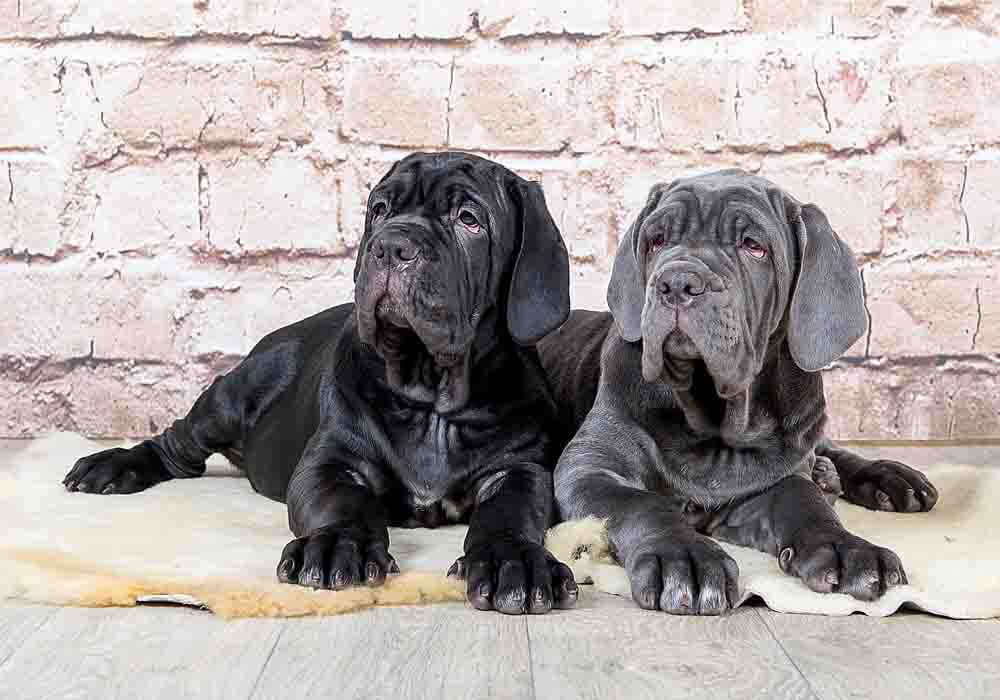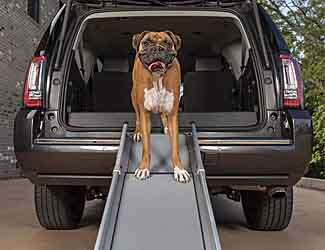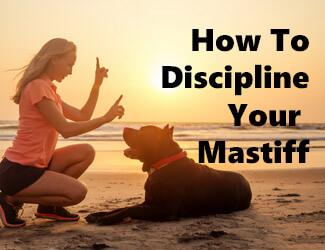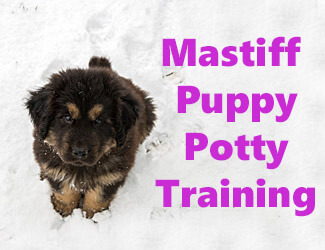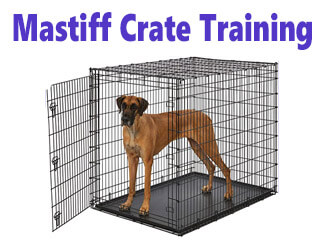Mastiff Aggression Problems
Helpful Tips
To Prevent & Stop It
by Ken Alden
The protective yet
patient disposition of Mastiffs has made them a preferred companion for humans
for millennia. However, some dogs can show signs of Mastiff aggression problems. If your
Mastiff is showing aggression toward you, other people, or other animals, you
need to deal with it.
Mastiff Aggression Problems...Things That Will Help
- Treat them with warmth and kindness - especially if they’re younger.
- Teach your Mastiff commands designed to curb aggression.
- Give your Mastiff plenty of exercise.
- Keep meetings with other dogs brief.
- Speak to a professional dog behaviorist if the behavior seems untreatable.
Unfortunately, Mastiffs are in the list of "uninsurable dogs" for a reason. Let's have a look at what the causes of Mastiff aggression problems are and the tips you need to stop this behavior. Don't forget that it is all about responsible dog ownership!
SIDE NOTE: Mastiffs can be insured for medical insurance, less so for homeowners insurance.
Read More Below...
Pro-tip: Ever try lifting a Mastiff? Their weight can hurt not only your back but their joints when they hop down from cars, sofas or even your bed. To protect your back and theirs check out the best Mastiff ramps on Amazon.com now.
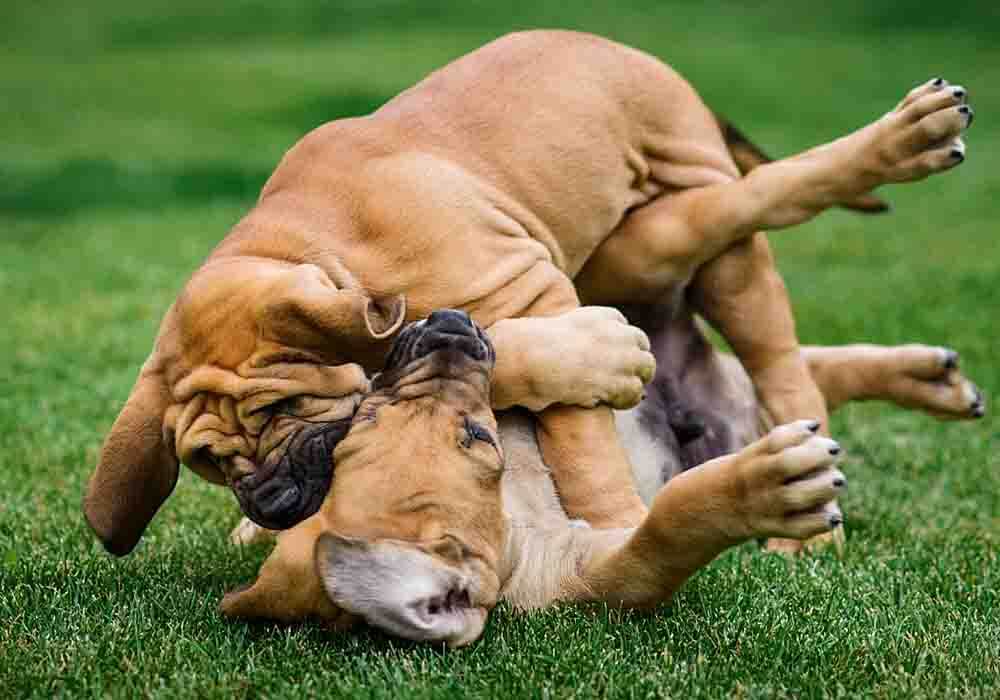
Mastiff Aggression Problems And Causes
Firstly, let's have a look at what the term "aggression" actually entails. While commonly an aggressive dog is a dog that bites, a hostile pet will also be snarling, growling, showing his teeth, barking gutturally, lunging. Often, biting comes after such behaviors.
Aggression in dogs can
have many
causes. The most common
types are of violent behavior are:
- Social aggression: often happens in multi-dog households, where there is no hierarchy of power between dogs.
- Resource guarding: caused when a dog is trying to defend a specific resource. While some of these properties are logical (toys, food, etc.) some others are more random (trash, leaves, etc.)
- Frustration: happens when the owner forces the dog to do something they don't want to do (or vice-versa). A dog that becomes aggressive after being enclosed in a kennel or chained is a perfect example of this.
- Fear-related aggression: when a dog feels threatened. Remember that the dog's perception in this case matters. A simple movement over their heads can make them feel threatened.
- Learned aggressive behavior: if a dog has been aggressive at least once, and got what he wanted, he will repeat the response that they think is useful.
- Pain-induced aggression: A dog that is in pain will react by attacking the perceived source of pain. Unfortunately, they often might mistake it with your hand or leg.
- Forceful training: using devices that inflict pain on your dog will lead the pet to become more aggressive to fight the pain.
- Protective, Territorial, and Predatory
aggression: Happens when a dog
tries to protect his home or puppies and can result in barking from windows and
lunging at fences as well as attacking small dogs and children.
Pro-tip: Mastiff anxiety, aggression, destructive chewing, jumping up, fearfulness, and other behaviors can be controlled with the right training program.
Here’s a great course that
addresses these issues along with many other dog training basics: Check it out now!
Mastiff Aggression Towards Other Dogs
Mastiffs' hostility towards other dogs is the most common type of aggressive behavior you might have to deal with during the life of your pooch. Since Mastiffs' disposition is to be guard dogs, often, this is caused by a territorial or protective attitude that your dog has developed during his puppyhood.
Inter-dog aggression in Mastiffs can involve both unfamiliar dogs and the ones living in the same household. Such behavior can include barking, growling, lounging, and biting. Also, dogs can suffer from social anxiety just as much as people, and this can potentially lead to fear-related aggressiveness. If you notice a persistent hostility towards other dogs or a threatening attitude when trying to put your pet on a leash, it is essential to see your vet.
How To Prevent It And Stop It
If the aggressive behavior towards other dogs derives from social anxiety, the reasons often lie in the way your puppy has been brought up. Such an attitude is prevailing in dogs if:
- They did not have enough time with their mother and littermates as puppies (at least eight weeks). They did not learn how to socialize and interact with other dogs as puppies.
- They did not socialize in different places and with various people and animals during their first 8 to 16 weeks.
In the case of social anxiety, you should bring your dog to sessions with an animal behaviorist. It will help you understand the causes of his aggressiveness and devise a strategy to look after your dog in an optimum way.
Alternatively, you should implement appropriate training that can help you manage this behavior. The main steps to follow are:
- Desensitize your Mastiff to visual stimuli and reward the positive response with a treat.
- In the beginning, create space between your Mastiff and the other dog and protect him from other rude and aggressive dogs.
- When encountering another dog, keep the greeting short and interrupt your dog to help him refocus on you.
- Be aware of what the triggers for
aggressiveness are and avoid them.
Mastiff Aggression Towards Other People
Mastiff-to-human aggressive behavior is not as typical as aggressiveness toward other dogs but can be very dangerous. Your Mastiff will prefer avoidance to attack, yet bites can happen, and they are often a result of poor interaction with the dog.
Aggression towards
people can be caused by:
- Abuse, neglect, violent training, and punishment - This type of attitude can lead to fear-related aggressiveness.
- Perceived risk and poor interaction - Understanding
what can be read by a dog as confrontation (staring in the eyes, reaching or
touching over his head, walking directly to them) can avoid the bite.
How To Prevent It And Stop It
Socializing the puppy
with other people is essential to avoid cases of aggression. Alongside it,
during his early months, make sure he is used to human handling and always
treat him with respect. While proceeding with training and housebreaking, use
only positive reinforcement to build trust.
Alternatively, if you
are adopting an adult Mastiff from a shelter, inform yourself about the past
behavior, living environments, and habits of the dog. If the aggressive
behavior persists, you might need to speak to a professional behaviorist or
even consider neutering or spaying your Mastiff.
Pro-tip: Mastiff's (and their owners) love dog crates…and for good reasons. Crates keep dogs from mischief while you're away, are perfect for house training, for traveling by car, and provide the dog a place to de-stress. Check out the best Mastiff crates on Amazon.com now.
Mastiff Food Aggression
This type of Mastiff aggression problems often derives from the natural resource-guarding, protective, and territorial instincts of a Mastiff. Food aggression happens when a dog becomes hostile while eating and can extend to treats and bones. Such an attitude can be mild (growls, shows teeth) or severe (biting).
How To Prevent It And Stop It
If your dog's
possessive behavior extends to other items aside from food, you should assess
the causes and results of this developed attitude. In this case, speaking to a
behaviorist can help you understand what the underlying reasons for your dog's
poor behavior are.
However, if your
Mastiff's aggressive reaction is limited
to food and treats,
there are steps that you can take to curb this behavior:
- Feed your dog at the same time to restrict food-related anxiety
- Let him wait, or sit, outside the room where you are preparing the food
- It would be best if you eat first
- Use tricks such as hand feeding and tossing
treats into the bowl while eating. It can help your dog understand that your
presence around the bowl is positive.
Mastiff Puppy Aggression
A Mastiff puppy is different from an adult in many aspects. Mastiff puppies are much more active and playful than adults, and little growling or mouthing during play is not necessarily a sign that your dog is aggressive. Yet, it is vital to understand the background and assess the behavior of your puppy correctly.
Puppies often turn to be aggressive dogs if they have not been socialized correctly during their first eight weeks, if they have been neglected, or exposed to abuses and forceful training. Such reasons can lead to other forms of aggression, such as sibling rivalry and dominant behavior.
How To Prevent It And Stop It
Some steps that can help you prevent your puppy from becoming a dangerous adult Mastiff are:
- Avoid negative reinforcement
- Start the training early teaching your puppy accessible commands
- Limit play-biting and mouthing
- Provide socialization and mental stimulation
- Provide healthy exercise
Mastiff Aggression Problems...Final Thoughts
Mastiffs are not aggressive by nature, but they can quickly become so if not trained, socialized, or appropriately approached. Due to their enormous size, such behaviors can sentence them to be one of the most aggressive breeds of dogs.
However, Mastiffs are
inherently gentle, caring, and patient, and they can only learn what you teach
them, which is why training and responsible dog-ownership practices can
genuinely make a difference in the personality and attitude of your pet.
Return to the top of this Mastiff Aggression Problems page

About the Author...
Ken Alden, a dedicated Mastiff owner for over eight years, is acclaimed for his expertise in care, grooming, and training. Read more About Me and my dog Shadow.
- Mastiff Guide Home ›
- Mastiff Training ›
- Mastiff Aggression


